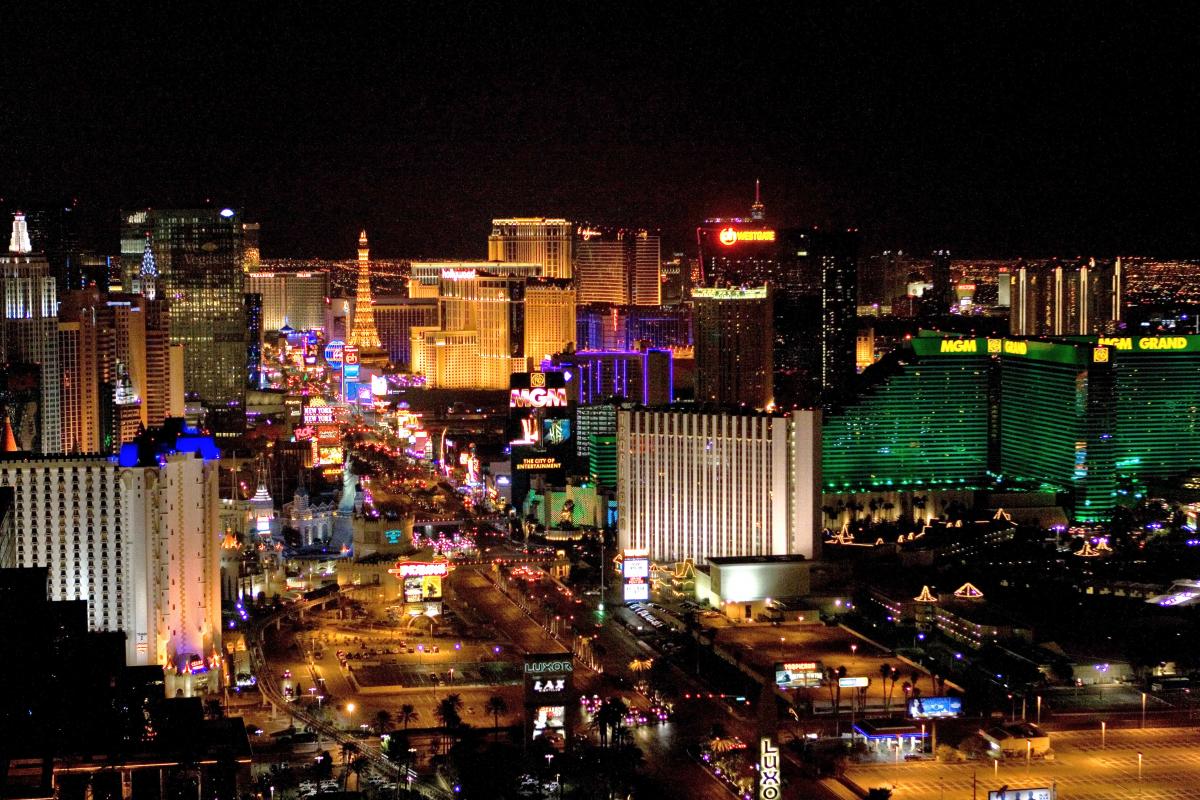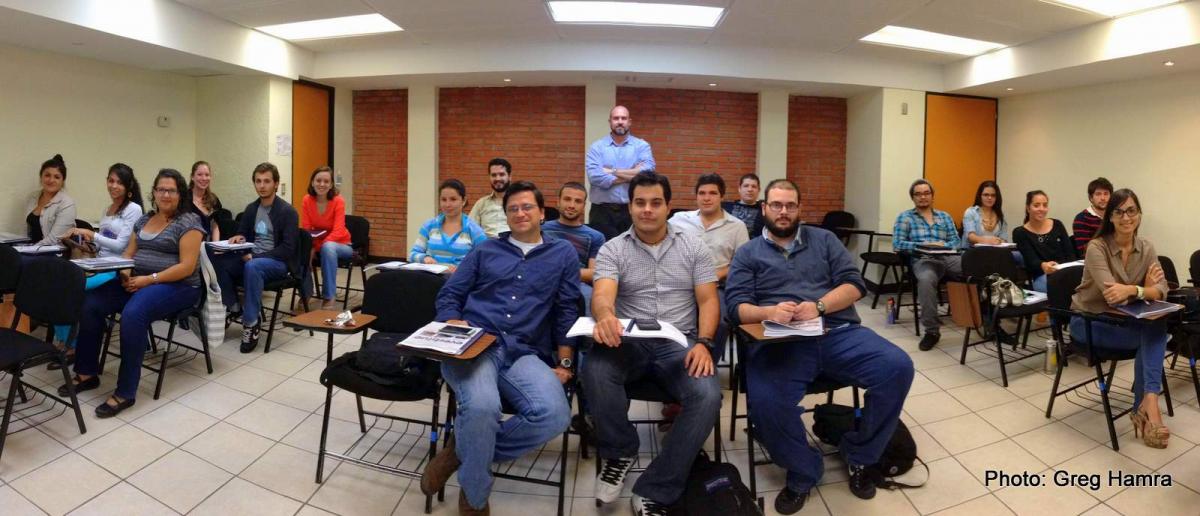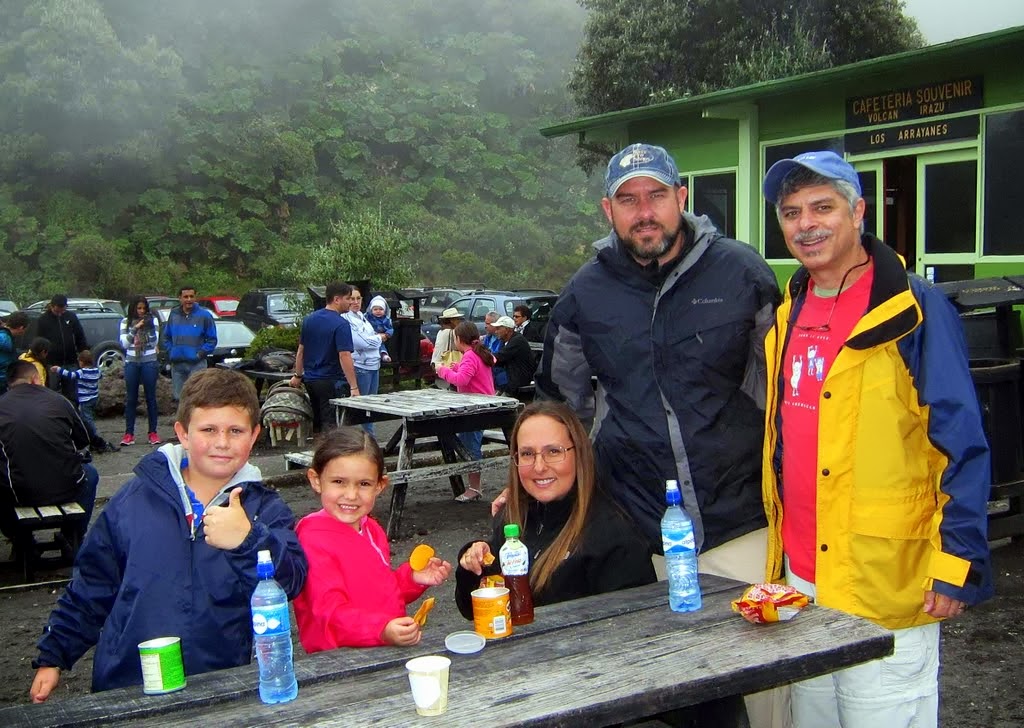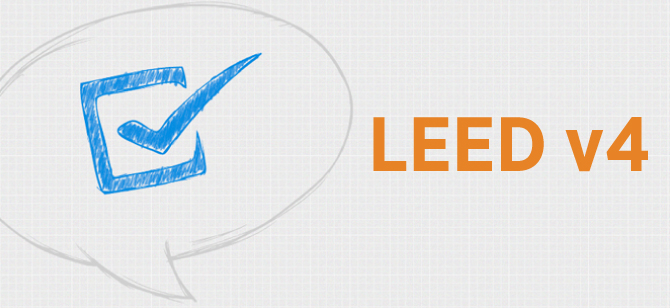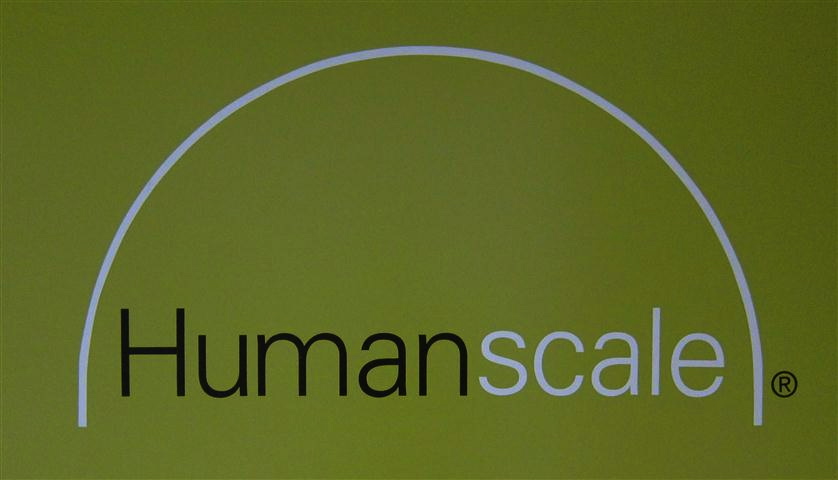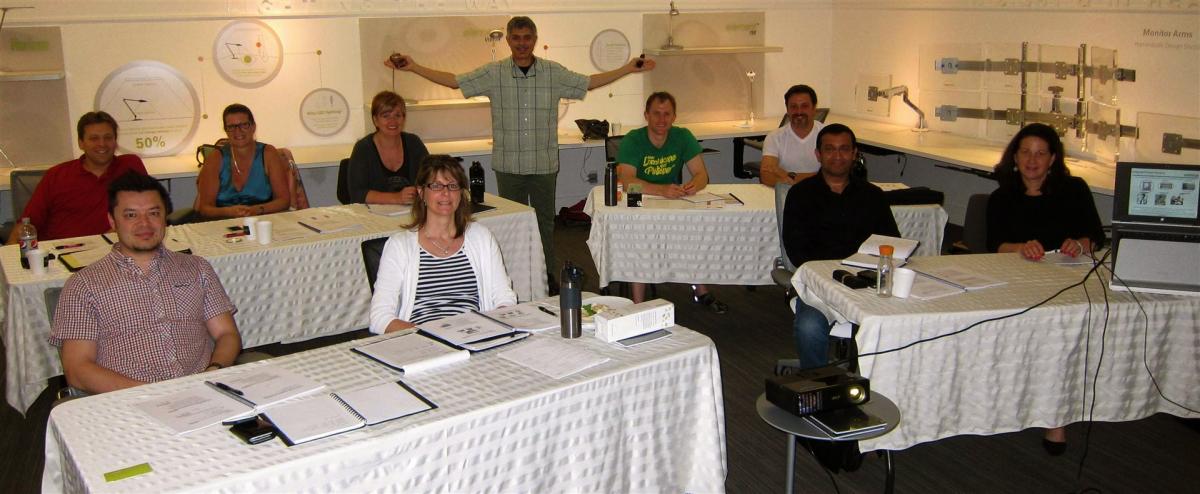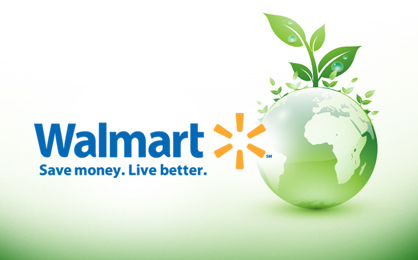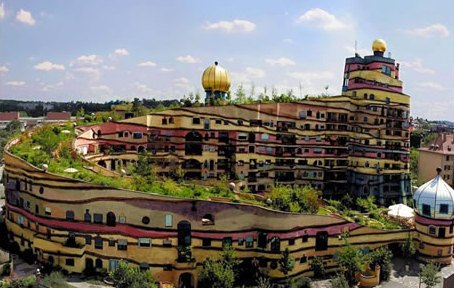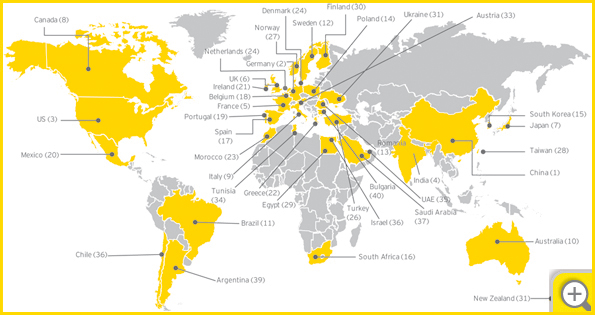No products in the cart.
BPI Raters Can Participate in New Home Energy Score Program
The Building Performance Institute, Inc. (BPI) recently announced the launch of a national rating program in which BPI Raters can help provide customers with an affordable, easy to understand rating of their home that can be combined with a comprehensive home energy audit. The BPI Rating Program is now available in Florida, which last July recognized BPI as one of a select group of organizations authorized to provide a Building Energy-Efficiency Rating System (BERS) in the state. BPI’s program begins in Florida and is expected to be fully operational nationwide by mid-2014.
BPI is pleased to announce that it has been accepted by the U.S. Department of Energy (DOE) as a Home Energy Score Partner, and will use the Home Energy Score as BPI’s rating tool. DOE developed the Home Energy Score to help improve the assessment of existing homes.
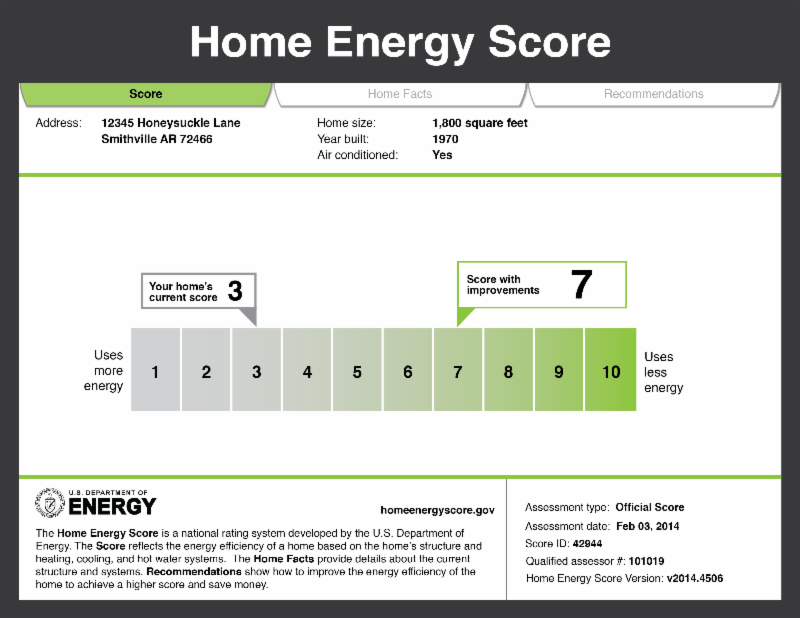
DOE’s program requires all Home Energy Score Qualified Assessors, or raters, to perform assessments and generate a score through a Partner Program, with quality assurance provided by the Partner.
“There is increasing demand in the marketplace not just for a score of the home, but for a low cost, easily understood rating that, when added to a routine energy audit, increases the likelihood that the customer will go ahead with the proposed improvements,” said Larry Zarker, BPI CEO.
“Like Florida, now is the right time for other states and programs to open up the ratings market to competition. BPI certified professionals are highly qualified building analysts, already in customers’ homes throughout the country performing energy audits. Customers deserve the benefit of BPI certified professionals’ expertise when getting their homes rated,” said Zarker.
“We welcome new rating providers like BPI to serve the market in Florida, said Doug Buck, Governmental Affairs Director with the Florida Home Builders Association, which has many members engaged in remodeling. “In the past, I had supported the idea of a sole provider at a time when the ratings and home performance industry was in its infancy. Now, as the industry has matured, with so many professionals and providers, the BPI Rating Program will bring more competition, better prices and better access to the services that raters and auditors can offer consumers to make smart choices for energy efficiency in their homes. BPI will play an important role in expanding Florida’s building performance market.”
DOE’s Home Energy Score is like a vehicle’s mile-per-gallon rating, only for homes. This federally recognized asset score allows homeowners to compare the energy performance of their home to other homes nationwide. The beauty of the score is in its simplicity – on a scale of 1 to 10, a 10 shows excellent energy performance and 1 means the home needs serious energy improvements. Unlike other rating systems tied to a specific building code, the Home Energy Score evaluates homes based on their expected performance, even if they were built before building codes existed, and shows how they can improve their score with prioritized energy conservation measures.
The Home Energy Score can also be used to support appraisals and real estate listings. The data translates easily to appraisal information, including the Green Addendum, and can easily be transported to the MLS to support energy efficiency in real estate valuation. It will help customers have a consistent frame of reference as they move between states.
To become a BPI Rater, candidates may fill out an application at www.bpi.org/rater. Candidates must be get BPI certified as either a Building Analyst, Envelope Professional, HEP Energy Auditor or HEP Quality Control Inspector, OR candidates may hold a RESNET HERS Rater certification during their first year in the program. After their first year, BPI Raters will be required to hold BPI certification.

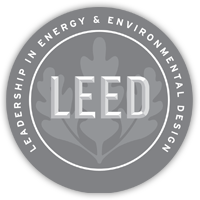 Primarily, the new rating system will provide greater recognition of regional context through the inclusion of local and regional equivalences to typical referenced standards. Specific project areas will now be able to obtain points not commonly covered in the standard LEED credit categories. Further, given the international scope of LEED projects, v4 will now provide metric units for all tools and resources through LEED Online.
Primarily, the new rating system will provide greater recognition of regional context through the inclusion of local and regional equivalences to typical referenced standards. Specific project areas will now be able to obtain points not commonly covered in the standard LEED credit categories. Further, given the international scope of LEED projects, v4 will now provide metric units for all tools and resources through LEED Online.